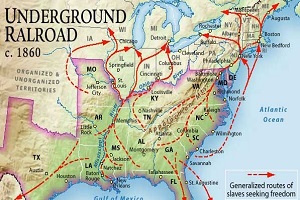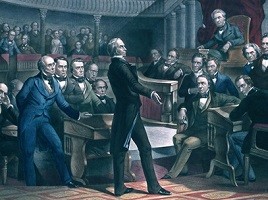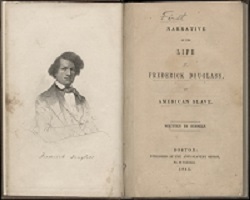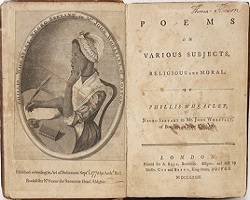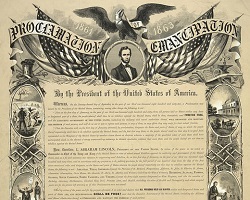What was the Underground Railroad?
The Underground Railroad was formed in the early 19th century and reached its height between 1850 and 1860. Much of what we know today comes from accounts after the Civil War and accurate statistics about fugitive slaves using the Underground Railway may never be verifiable. It is believed that around 100,000 slaves between 1810 and 1860 escaped using the network. The majority of the slaves came from the upper south states that bordered free states such as Kentucky, Virginia and Maryland; very few escaped from the Deep South. By the mid 1850s the term “Underground Railroad” was becoming familiar, as this article in the New York Times of November 1852 shows.
Routes of the Underground Railroad
Why was it called Underground Railroad?
The Underground Railroad was not located underground nor was it a railroad. It was symbolically underground as the network’s clandestine activities were secret and illegal so they had to remain “underground” to help fugitive slaves stay out of sight. The term “railroad” was used because the railroad was an emerging system of transportation and its supporters used railroad code to communicate in secret language. Slaves used songs called spirituals to communicate with each other.
Homes where fugitives would stay and eat were called “stations” or “depots” the owner of the house was the “station master” and the “conductor” was the person responsible to move slaves from station to station. Those financing the Underground Railroad by donating money, food, and clothing were called “stockholders”. Here is a comprehensive list of secret codes and phrases.
Organization
The Underground Railway was a loosely organized network of connections with no clear defined routes. They provided houses, transportation to aid slaves to freedom. Small groups of supporters were organized independently, most knew few connecting stations but not the entire route. This system kept the secrecy of those involved and lowered the risk of infiltrations. Routes were often indirect to confuse slave catchers. There was no one set route, there were likely many of them. Hundreds or perhaps thousands of houses across the north were used as stations. The National Park Service has a list of these sites.
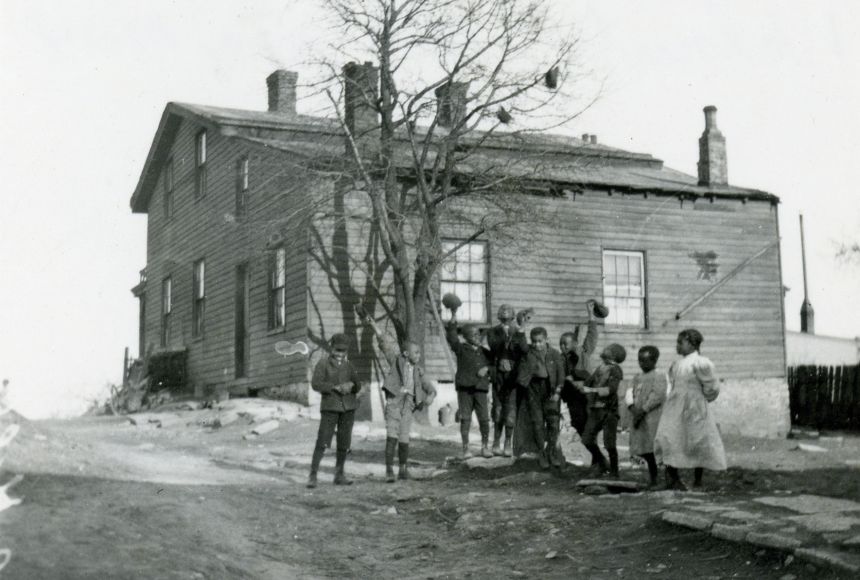
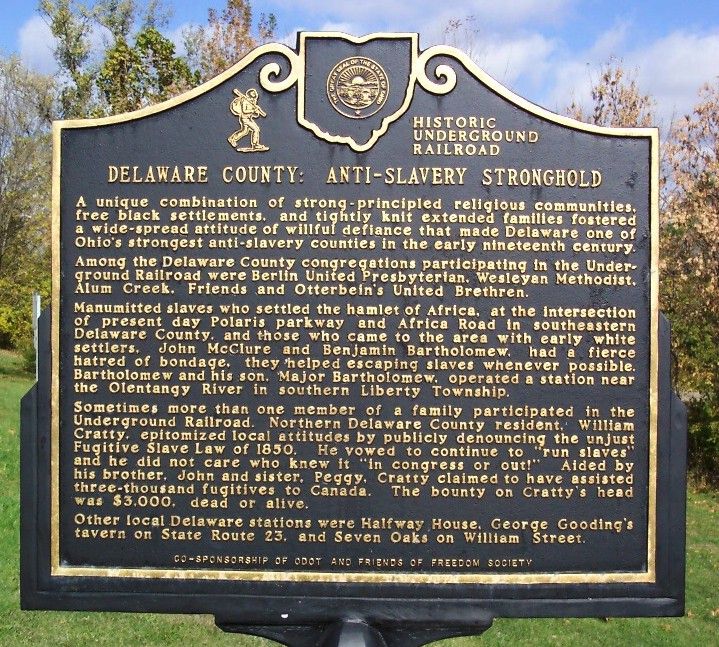
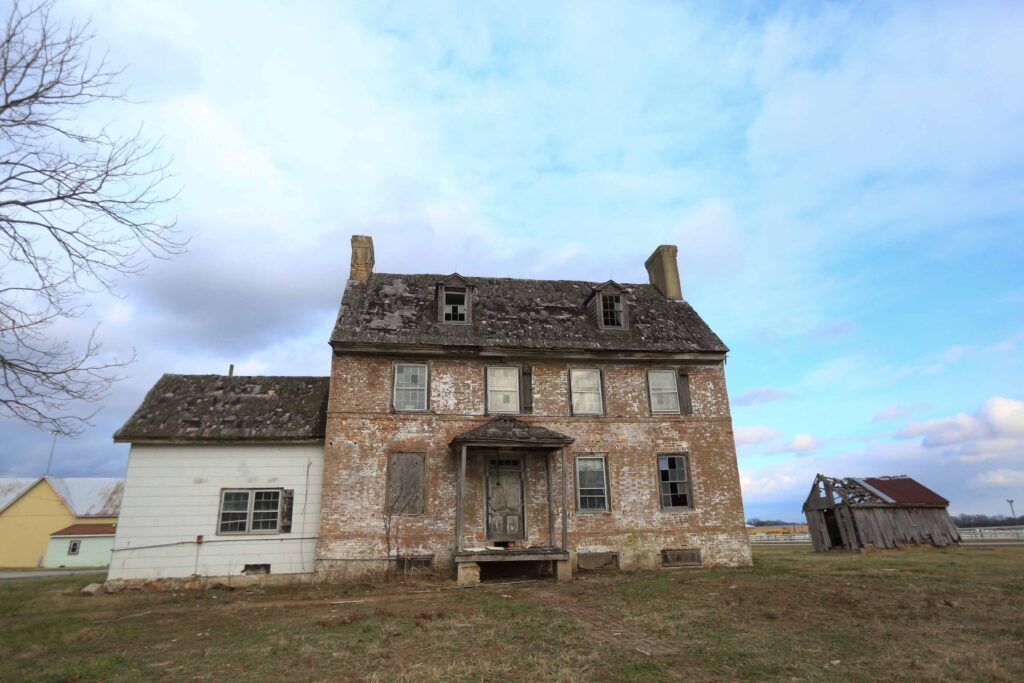
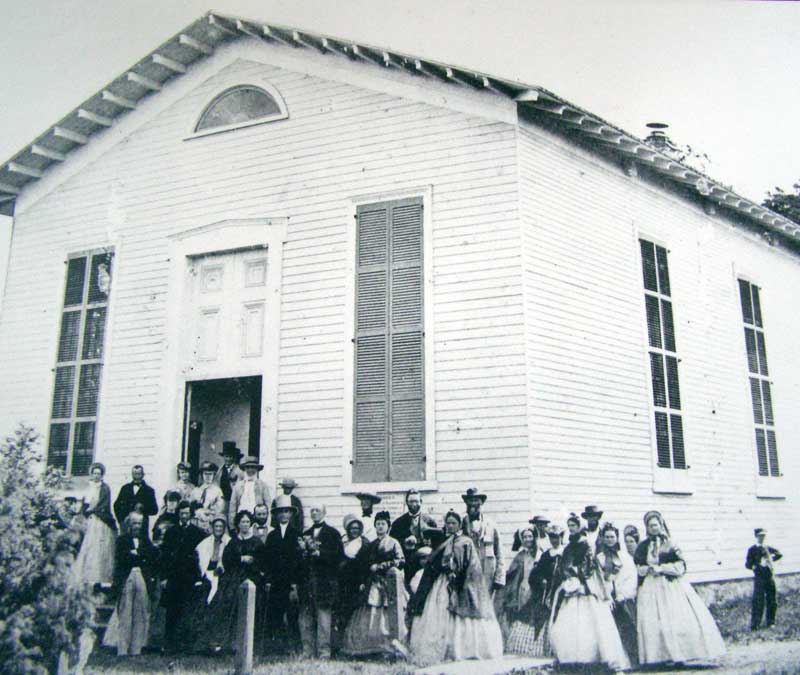
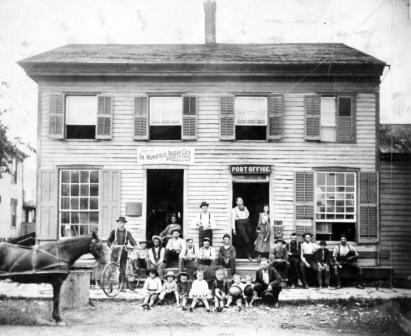
Fugitives would move from one station to the next at night crossing rivers, swamps and hiking mountains. Most travelled by foot and hid in barns or out of sight places such as basements and cup boards. Committees were formed in large cities such as Boston, New York and Philadelphia. These committees raised funds to help fugitives settle by temporarily providing shelter and job recommendations.
Fugitive Slave Act of 1850
Until 1850 living in free states was relatively low risk for fugitives. After the passage of the Fugitive Slave Act as part of the Compromise of 1850 the Underground Railroad was rerouted to Canada as its final destination. Thousands of slaves settled in newly formed communities in Southern Ontario. Suddenly their job became more difficult and riskier. Those who helped slaves were subjected to $1000 fine or 6 months in prison. The Act made it illegal for a person to help a run away, and citizens were obliged under the law to help slave catchers arrest fugitive slaves. Slave catchers were handsomely rewarded, even free African Americans could be sent back south by destroying their free papers.
The end of the Underground Railroad
On January 1st, 1863, President Abraham Lincoln issued the Emancipation Proclamation liberating slaves in Confederate states. After the war ended, the 13th amendment to the Constitution was approved in 1865 which abolished slavery in the entire United States and therefore was the end of the Underground Railroad.
Supporters of the Underground Railroad
Sympathizers of the network were black and white abolitionists, free blacks, Native Americans and religious associations such as the Religious Society of Friends also known as Quakers and Congregationalists. The first call for the abolition of slavery in America came in 1688 from the Quakers in Pennsylvania.
Here is a list of the most famous supporters of the Underground Railroad:
Levi Coffin, William Still, Frederick Douglass, Thomas Garrett, Samuel Burris, William Lloyd Garrison, Sojourner Truth, Joh Brown, Anderson Ruffin Abbott, Henry Brown, Obadiah Bush, Asa Drury, Matilda Joslyn Gage, Samuel Green, Gerrit Smith, Lucretia Coffin Mott, Jermain Loguen among others.
Check out these sites for more information on the history of the Underground Railroad
National Park Service Network to Freedom Sites
National Underground Railroad Freedom Center
Category: Popular, Underground Railroad
